
All categories
Featured selections
Trade Assurance
Buyer Central
Help Center
Get the app
Become a supplier

(6884 products available)



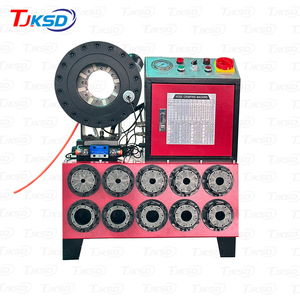




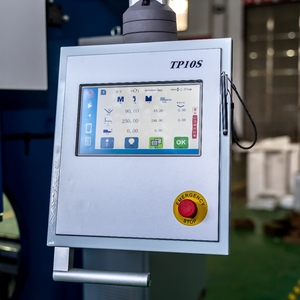





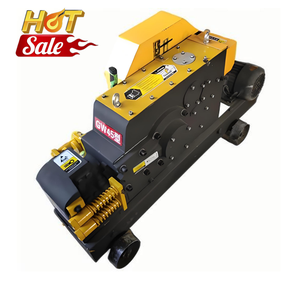

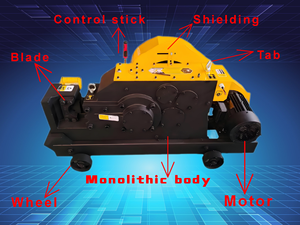





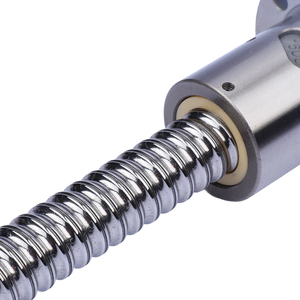





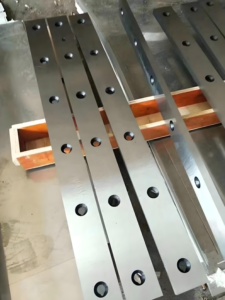




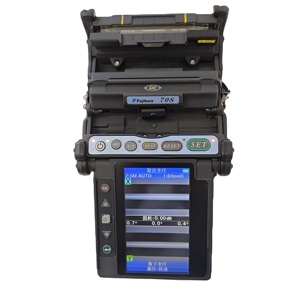




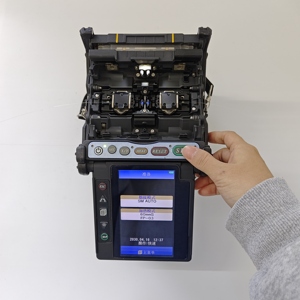
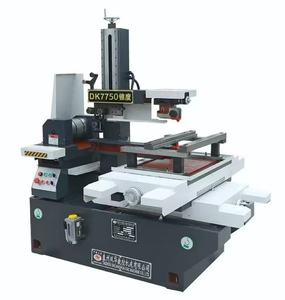



Second-hand machine tools are divided into several main types according to their functions and processing objects. The following table provides a brief description of each type.
Machine type: Second hand machine tools come in a variety of types, such as used drills, lathes, milling machines, etc. Each type has its own unique specifications and functions.
Machine materials: The main material of the machine tool, which determines the durability and service life of the machine tool. Common material options include cast iron, steel, and aluminum alloy.
Machine size and capacity: Different second-hand machine tools have different sizes and capacity. The size and capacity determine the range of workpieces that the machine tool can process.
Machine precision: Machine precision refers to the accuracy and repeatability of the second-hand machine tool's machining. It is an important consideration for selecting machine tools for precision cutting or shaping tasks.
Machine power: Machine power refers to the power output of the second-hand machine tool, which directly affects its cutting, shaping, or processing capabilities. Power is often expressed in horsepower (HP) or kilowatts (kW), depending on the type and model of the machine.
Regular cleaning: Second-hand machine tools need to be cleaned regularly to remove dust, debris, and grease. This can prevent the buildup of contaminants from affecting the machine's performance and accuracy.
Lubrication: Most machine tools rely on lubrication systems to maintain smooth operation and reduce friction and wear. Users should follow the manufacturer's recommendations and lubricate the necessary parts at appropriate intervals with the right type of lubricant.
Check and tighten: Regularly inspect the fasteners and connection points of the machine tool to ensure they are properly tightened. If there are loose parts, they should be tightened promptly to avoid safety hazards and ensure stable operation.
Wear parts inspection: Second-hand machine tools have parts that wear out over time and use, such as cutting tools, belts, and bearings. It is crucial to regularly check these wear parts and replace them if they show signs of wear or damage.
Safety precautions: Safety is paramount in the maintenance of machine tools. Users should always follow safety guidelines when servicing and maintaining machines, including disconnecting power sources and wearing appropriate protective equipment.
Professional maintenance: In addition to regular maintenance, it is necessary to have professional machine tool technicians perform periodic inspections and maintenance. Experienced professionals can detect potential issues early and provide necessary repairs and adjustments to ensure the machine tool's performance and longevity.
Second-hand machine tools are used in a wide range of applications, across various industries. Here are a few common usage scenarios for second-hand machine tools.
Machine shops and manufacturing facilities often use second-hand machine tools for retrofitting and upgrading. By integrating new control systems, features, or automation components into existing machines, these tools can be modernized to enhance performance and extend their lifespan.
Second-hand machine tools may be used in research labs or development facilities. They are utilized for prototyping, testing new processes, or validating concepts before investing in new equipment.
Machine tools are also used in training and educational settings to familiarize students or employees with machining concepts. By using second-hand machine tools, educational institutions and training programs can provide hands-on experience at a lower cost.
Some workshops or businesses with lower production volumes may use second-hand machine tools for small-batch production. These tools are employed to manufacture customized or niche products economically.
Repair, maintenance, or service companies may use second-hand machine tools to provide support for older equipment models. These tools are utilized for repairing and maintaining existing machinery to keep production lines running smoothly.
Remote or satellite facilities of larger companies may employ second-hand machine tools to reduce initial investment costs. By using these tools, they can still perform essential machining tasks and support local operations.
When purchasing pre-owned machine tools, buyers must focus on a few key features to ensure that the equipment meets their needs without any major drawbacks.
Before finalizing the purchase, it's essential to evaluate the machine's mechanical condition and look for signs of wear such as rust, cracks, and indications of poor maintenance. It is also crucial to check if the machine is still in alignment and if its movements are smooth. It is also essential to verify its performance by working on a test piece. This step will give the buyer a good idea of the machine's operating condition and help identify any potential flaws that may require repairs.
It is preferable to purchase a pre-owned machine that is less than 10 years old, as newer models are usually easier to find spare parts for and often have more advanced features. The machine's serial number can be used to look up its age and specification in the manufacturer's records.
When buying a second-hand machine tool, try to purchase one that is from a trustworthy manufacturer. Doing so ensures that the machine is made with top-quality materials and that it meets current safety standards. Such machines are also more likely to have up-to-date documentation, which can be helpful when maintaining and troubleshooting the equipment.
Backlash is the amount of play or clearance between the gears in a machine tool. It is crucial to measure the backlash in the machine tool to ensure that it is within acceptable limits. If the backlash is too high, it can negatively impact the machine's accuracy and performance, leading to subpar results.
Q1. What types of second-hand machine tools are available?
A1. Used machine tools come in different types, such as the lathe machine tool. It works by rotating the workpiece to perform various cutting operations. The milling machine tool works by cutting and drilling multiple workpieces. The grinding machine tool uses an abrasive wheel to cut and shape metal. Another tool is the drilling machine tool, which is used to create holes in the workpieces. The shaper and planer machine tools are used to trim and smoothen workpieces to achieve a desired thickness and flatness. There are also CNC machine tools that perform different machining operations under computer control.
Q2. What are the benefits of buying a used machine tool?
A2. Used machine tools are cost-effective options, as they are cheaper than new tools. They attract lower capital investment, helping businesses to maximize their profit margins. The tools have already been used, so they don't have the initial depreciation cost as new tools. They are also a good option for businesses that want to experiment with different machining techniques without spending a lot of money. In some cases, used machine tools may be more affordable than new machines. If the tools are well maintained, they can have a long life, just like new tools. This will maximize the return on investment.
Q3. What are the disadvantages of buying used machine tools?
A3. Used machine tools may have lower accuracy and performance than new machines. They may be more prone to breakdowns and require frequent repairs. They may also have outdated technology that is not compatible with modern machining requirements. The tools may also have high energy consumption and may not be energy efficient. Used machine tools require a high level of maintenance to keep them in good condition. Businesses may have to spend more money on maintenance to keep the tools running properly.
Q4. What is the difference between CNC and manual machine tools?
A4. Manual machine tools are controlled by operators who use hand wheels and levers to adjust the machine's movement and cutting parameters. On the other hand, CNC machine tools are controlled by a computer. The computer controls all the machine's movements, speed, and cutting operations. CNC machines are more automated and precise than manual machines. They also have more advanced features, such as tool changers, which allow them to change tools automatically.